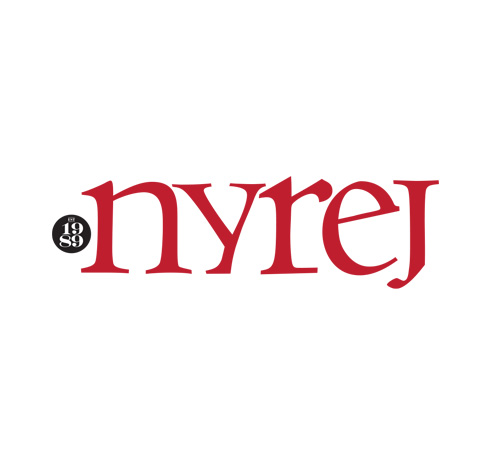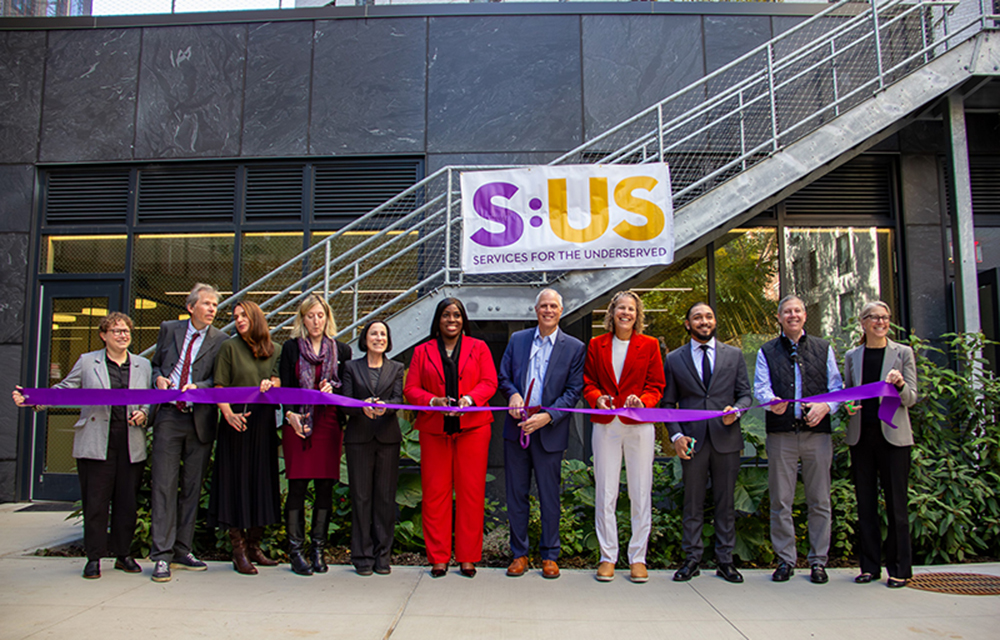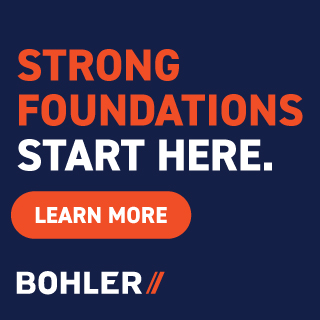News:
Construction Design & Engineering
Posted: August 11, 2014
What the construction industry should know about financial statement fraud - part 3
As our previous articles discussed, fraud is a major issue in the construction industry. In parts one and two*, three types of accounting fraud (asset misappropriation, corruption and financial statement misrepresentation) as well as three schemes that are commonly used to commit fraud (fictitious revenue recognition, timing differences and improper asset valuations) were discussed. For the summation of this series, this article will highlight two additional schemes (concealment of liabilities and expenses, and improper disclosures) as well as the various red flags and/or risk factors that could indicate a construction company's increased vulnerability to financial statement fraud. Fraud prevention methods will also be discussed.
Concealment of Liabilities & Expenses
Concealing or understating liabilities and expenses is one way a company may attempt to make their financial position appear more profitable. A company may choose to simply fail to record items, may capitalize regular operating expenses that normally do not qualify for depreciation or may fail to disclose the costs of warranties and liabilities, such as failing to properly record sales returns that no longer contribute to the company's overall profit.
Improper Disclosures
Improper disclosures are falsified communications including misrepresentations, deliberate omissions or intentional inaccuracies placed in the description of a company's offerings, such as on their website. Inaccuracies are also found in written records of management discussions reported in the non-financial section of annual reports, 10-K's, 10-Q's or in the footnotes of financial statements.
Understanding Risk Factors
Financial statement fraud is extensive and lends itself to a multitude of methods through which it can be committed. In many instances, it is difficult to detect until it is too late. Many construction companies have gone out of business because of such fraud, be it on single or multiple jobsites or back at the corporate office. It is therefore necessary for the company's management to be aware of red flags, or "risk factors" that could indicate increased vulnerability to financial statement fraud, or that fraud is occurring or has occurred.
Fraud risk factors include:
* Domination of management by a single person or small group without compensating controls (often the case in smaller contractors);
* Committing the company to unrealistic or overly aggressive financial forecasts;
* Ineffective communication, implementation, support or enforcement of the entity's values or ethical standards;
* Recurring negative cash flows from operating activities, while reporting earnings and earnings growth;
* Rapid growth or unusual profitability of the company as a whole, or certain of its construction projects;
* Significant, unusual or highly complex transactions that pose difficult "substance over form" questions;
* Significant related-party transactions not in the ordinary course of business;
* Recurring attempts by management to justify inappropriate accounting on the basis of immateriality; and
* Formal and informal restrictions on the auditor.
Fraud Prevention Methods
Given the increased risk of fraud as businesses grow, it is essential that the management of the company implement strong internal control procedures that are designed to deter, detect and correct financial statement fraud.
Some examples of internal control measures are:
* Separation of duties;
* Proper authorization processes;
* Proper documentation processes;
* Employee background checks; and
* Implementing an anonymous fraud hotline.
This series was designed to give construction business owners insight into the types of fraud that are possible in their industry. As with any business, it is critical that owners be diligent in their internal controls and oversight measures. Owners that lack this diligence and ignore strict financial responsibilities are often met with financial ruin in the end.
*If you would like a copy of the previous two articles in this series, please contact the author at [email protected].
Livingstone Moyo, CPA, CCIFP. is an audit manager at Grassi & Co., Jericho, NY.
MORE FROM Construction Design & Engineering
Troutbrook expands with boutique condo project and Marriott Fairfield Inn & Suites renovation
Brooklyn, NY For more than 25 years, Troutbrook/Freud Development has remained focused on executing design-driven projects across the city. Its latest ventures reflect both a continued push into boutique residential development and an expansion








.gif)
.jpg)

.gif)